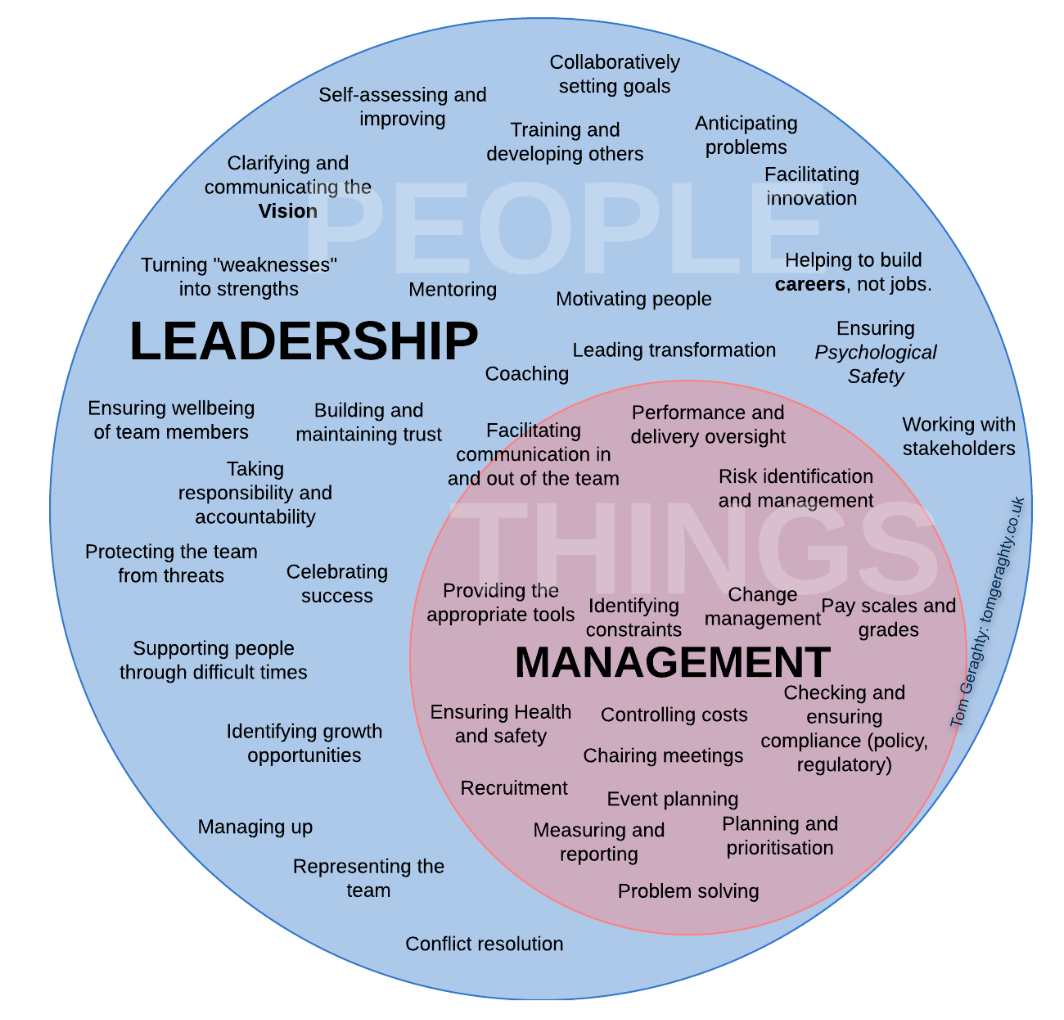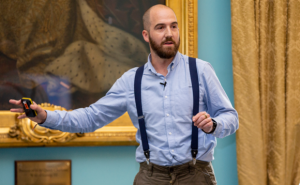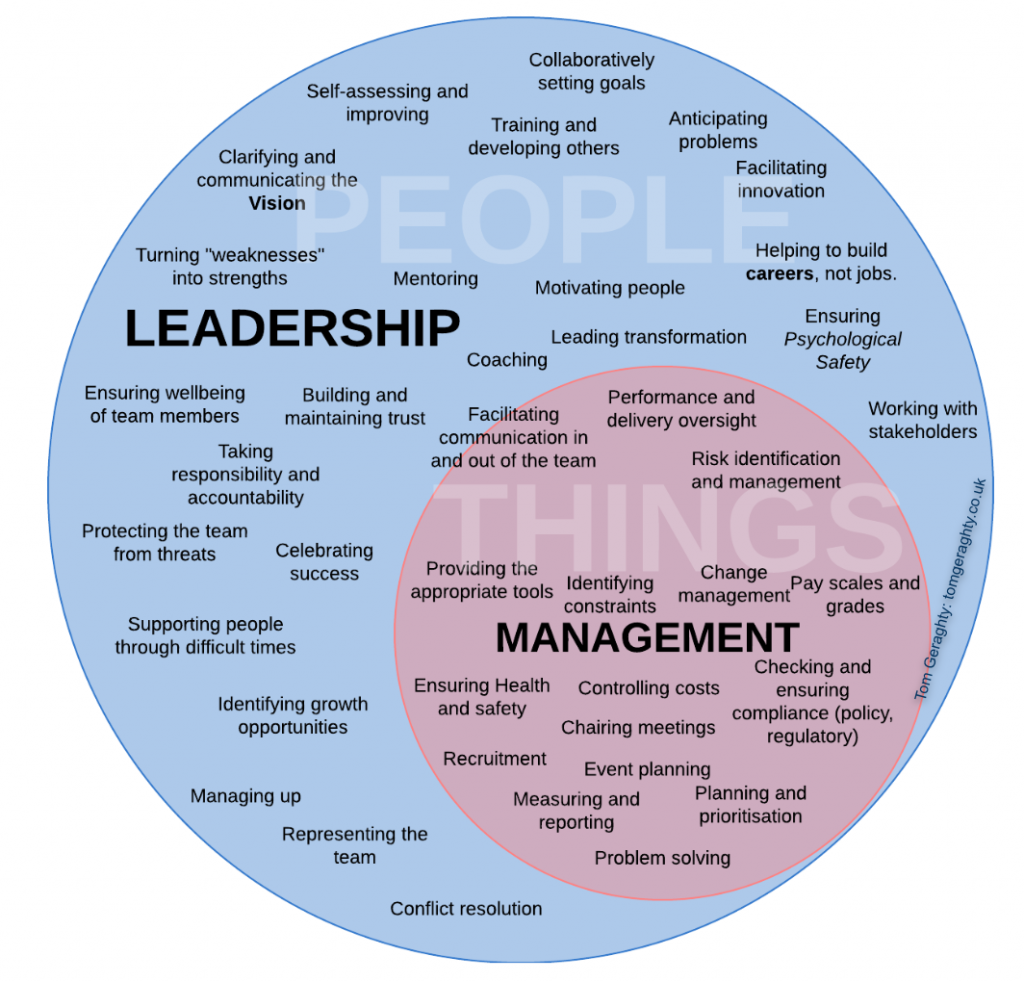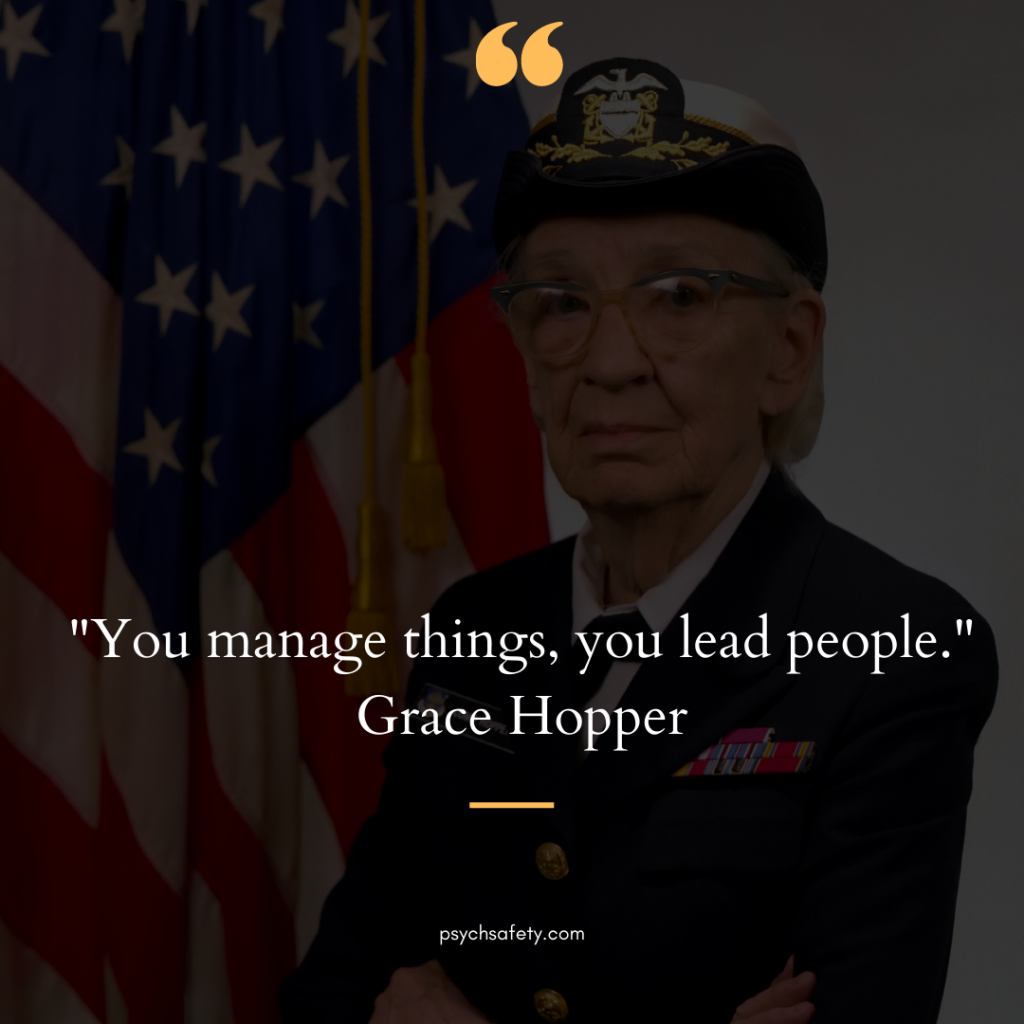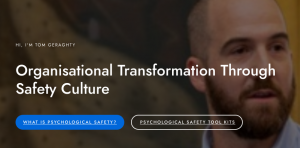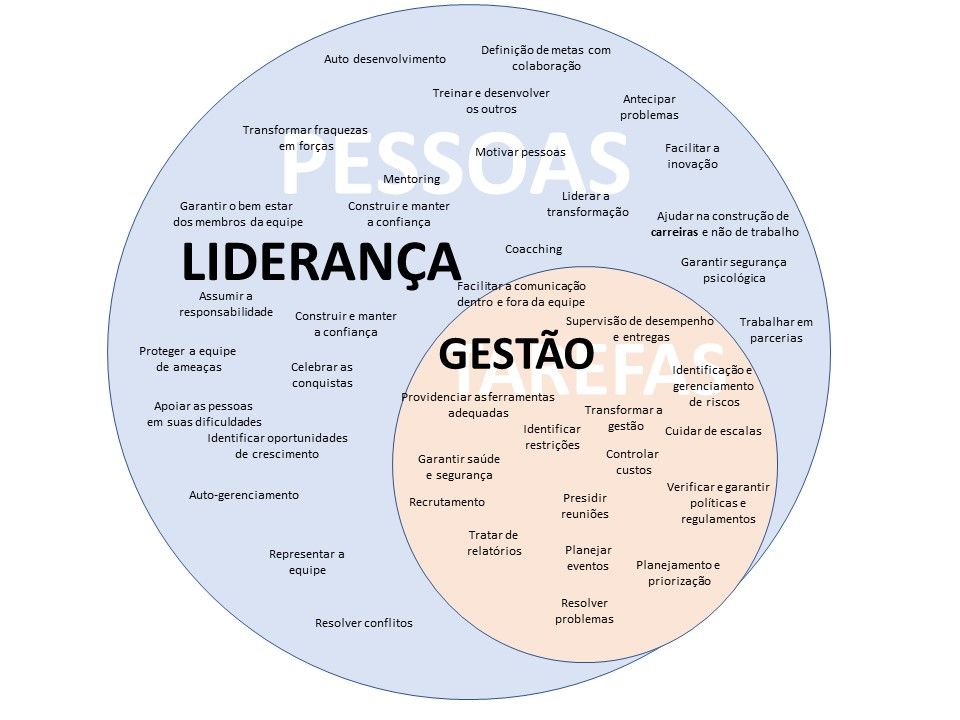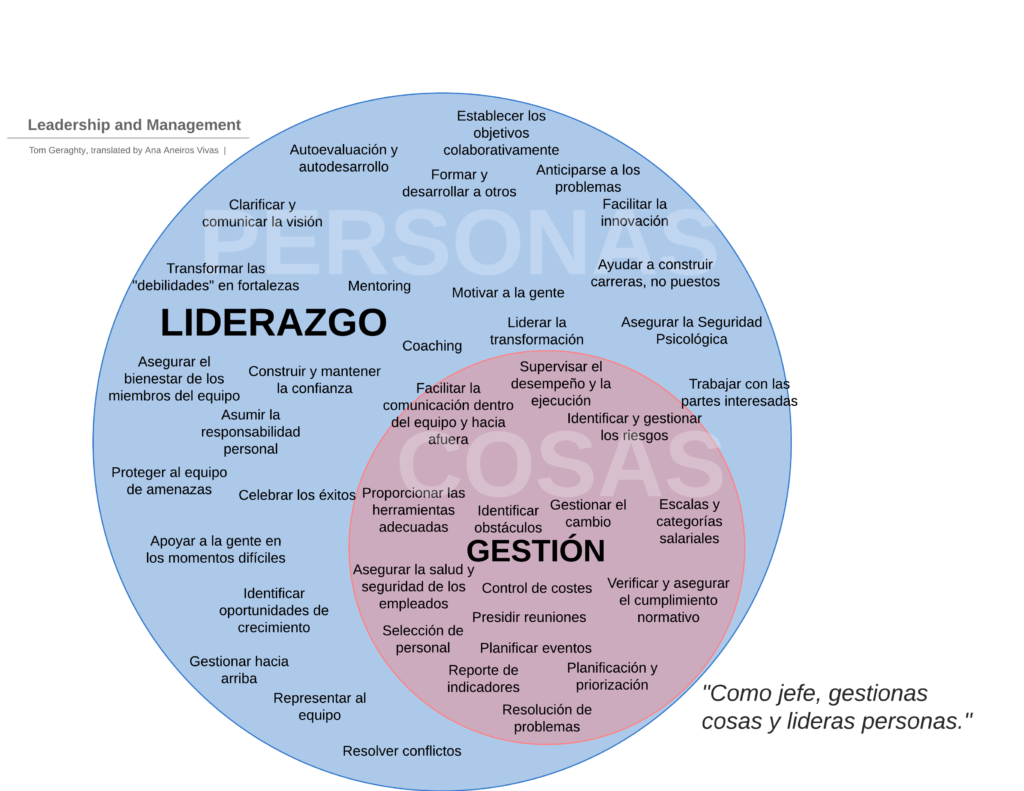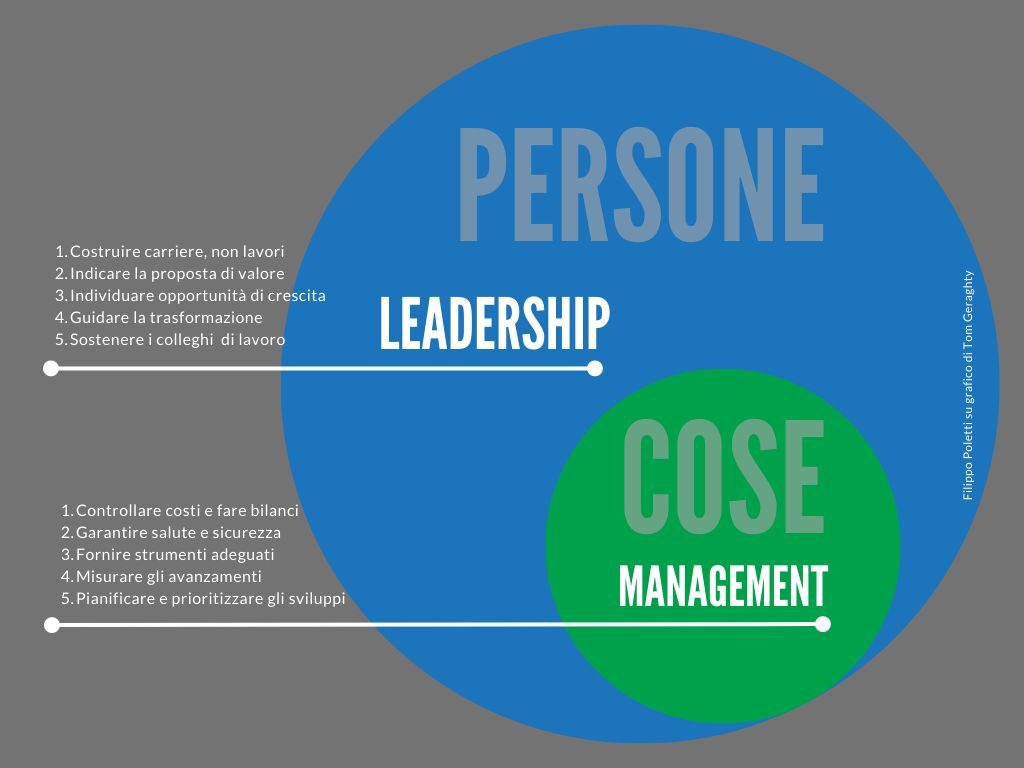Drawing on the lecture contents, share one example of a real-world disaster caused by people’s under- or unpreparedness. Consider both behavioural and systemic/structural causes for under or unpreparedness.
On april 26, 1986, the RBMK-1000 reactor at Chernobyl suffered a series of catastrophic failures that resulted in core meltdown. The RBMK type of reactor was inherently unsafe compared to most reactors used in Europe and the USA, partly because of a lack of concrete reactor shielding and partly due to the use of cheaper and more powerful graphite as a moderator instead of water (IAEA, 1992). The Soviet government at the time maintained that nuclear power was perfectly safe, despite multiple previous nuclear power incidents in the country, and that accidents were unlikely to the point of impossible (Plokhy, 2018). This stance led to a lack of safety protocols and a belief that spending extra money to build concrete shielding for the reactor in case of a meltdown was unnecessarily wasteful.
After the explosions at the plant, government officials, afraid of contradicting their superiors in the party, resisted calling for evacuation of local towns for many hours and days. In the nearby town of Kharkov, the International Workers’ Day parade took place on May 1, 1986 despite radiation levels many times the levels required to trigger evacuation (Ervasti, 1986).
Radiation is invisible, and that combined with government assurances that nuclear power was perfectly safe, meant that people in Chernobyl and surrounding towns did not prepare for such an eventuality. When the disaster occurred, some people were even found to be sunbathing, having discovered that they tanned quickly (not realising that the “tan” was in fact deadly radiation burns) (BBC, 2019).
Even emergency responders such as firefighters and the military, did not appreciate the seriousness of heavy doses of radiation, and were seen picking up bits of graphite from the reactor that had been thrown into the air by the explosion (Alexakhin, et al. 2006). For some people involved in the response, their belief that nuclear power was safe was so strong as to dismiss any safety concerns, due to the edicts issued by the Soviet government.
People are less likely to prepare for a disaster in high compliance cultures where authorities dismiss concerns and overstate safety, and radiation, being an invisible threat, compounds the issue.
Share one example of disaster risk reduction alternative that has either improved or has the potential to improve people’s preparedness. Consider both potential and limitations of such alternative.
In Bangladesh, an approach of community-based disaster risk management (CBDRM) has been implemented in response to the threat of floods and cyclones. (ADPC, 2008) This involves local communities in identifying and assessing their own disaster risks, developing preparedness and response plans, and implementing risk reduction measures. The program in Chittagong involves training community members in disaster risk reduction techniques, including early warning, evacuation, and first aid. Community members are also involved in the planning and implementation of disaster risk reduction measures, such as building raised platforms for homes and livestock, constructing flood shelters, and planting trees to prevent erosion.
Through this program, communities have become more resilient to disasters, and have been able to reduce the impact of floods and cyclones on their homes, crops, and livelihoods. Additionally, the program has empowered local communities to take ownership of their own disaster risk reduction efforts and has improved communication and coordination between community members and local authorities (Shaw, 2006).
CBDRM programs may not always involve all members of the community equally however. Some groups, such as women, children, and people with disabilities, may be excluded from planning and implementation, which can lead to unequal distribution of resources and a lack of representation in decision-making. A lack of technical expertise can also hamper the effectiveness of CBDRM programs and may result in inadequate or ineffective disaster risk reduction measures (Nguyen et al, 2020).
Word count: 615
References
ADPC, 2008. “Community Empowerment and Disaster Risk Reduction in Chittagong City” Safer Cities 21. Available at: https://www.preventionweb.net/files/globalplatform/entry_bg_paper~SaferCities21.pdf (Accessed: 13 March 2023).
Shaw, R., 2006. Critical issues of community based flood mitigation: examples from Bangladesh and Vietnam. Science and Culture, 72(1/2), p.62.
“INSAG-7: The Chernobyl Accident: Updating of INSAG-1” (PDF). IAEA. 1992. Archived (PDF) from the original on 20 October 2018. Available at: https://www-pub.iaea.org/MTCD/publications/PDF/Pub913e_web.pdf (Accessed: 13 March 2023).
Plokhy, S. (2018). Chernobyl: the history of a nuclear catastrophe. First edition. New York, Basic Books.
Ervasti, R, (1986) Soviets Celebrate May Day, No Mention of Nuclear Accident With AM-May Day. AP News. Available at: https://apnews.com/article/595cefb4d64896ee1a422caa6c1b88d2 (Accessed: 13 March 2023).
The Aftermath of the 1986 Chernobyl Disaster: An Eyewitness Account | BBC HistoryExtra (2019). Available at: https://www.historyextra.com/period/20th-century/chernobyl-disaster-ukraine-when-what-first-responders-diary-eyewitness-nuclear-exclusion-zone/ (Accessed: 13 March 2023).
Alexakhin, R.M. et al. (2006). Environmental consequences of the Chernobyl accident and their remediation: Twenty years of experience. Report of the Chernobyl Forum Expert group “Environment”.
Nguyen, H., Pross, C., Han, J Y-C. (2020). (Ed) Perkins, M. Review of gender-responsiveness and disability-inclusion in disaster risk reduction in Asia and the Pacific. UN Women-Asia and the Pacific. https://asiapacific.unwomen.org/en/digital-library/publications/2020/10/ap-review-of-gender-responsiveness-and-disability-inclusion-in-drr

